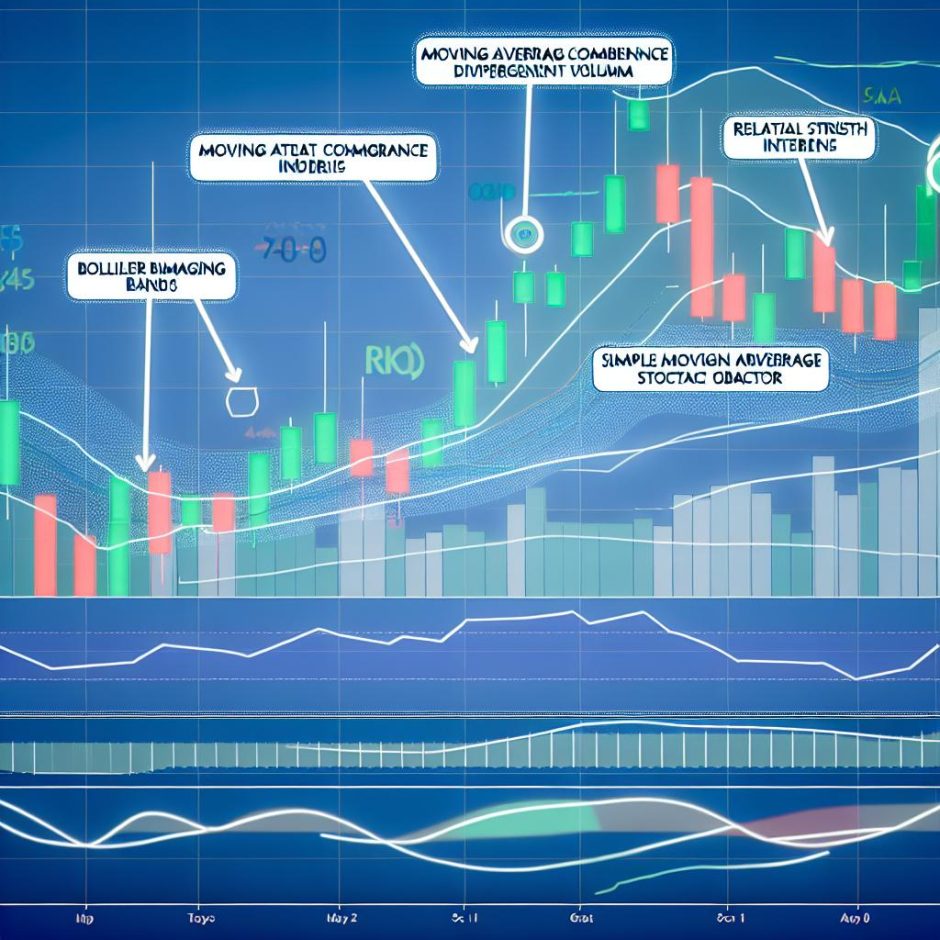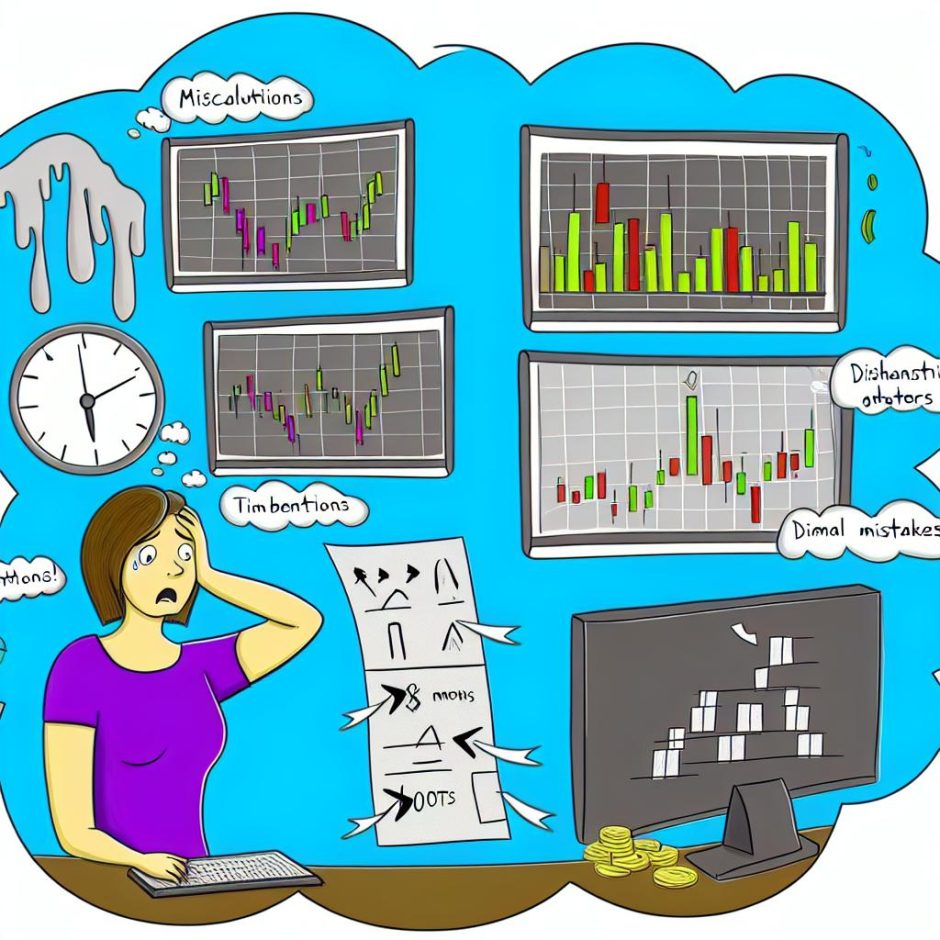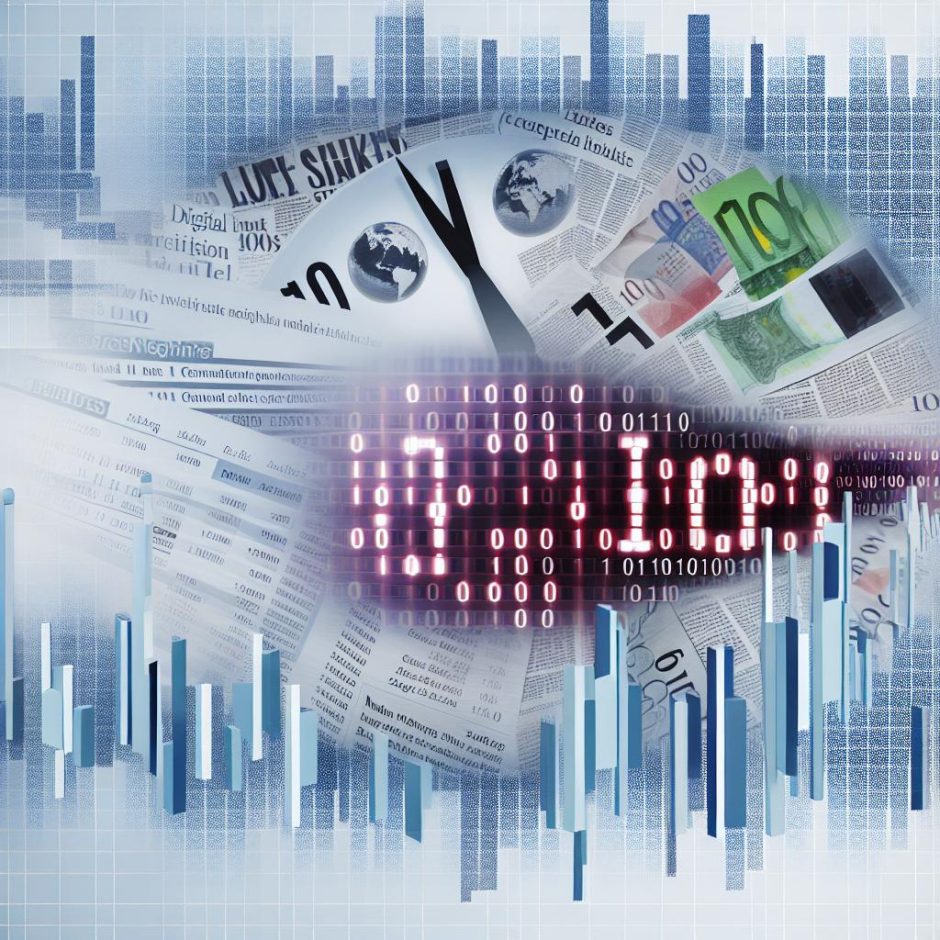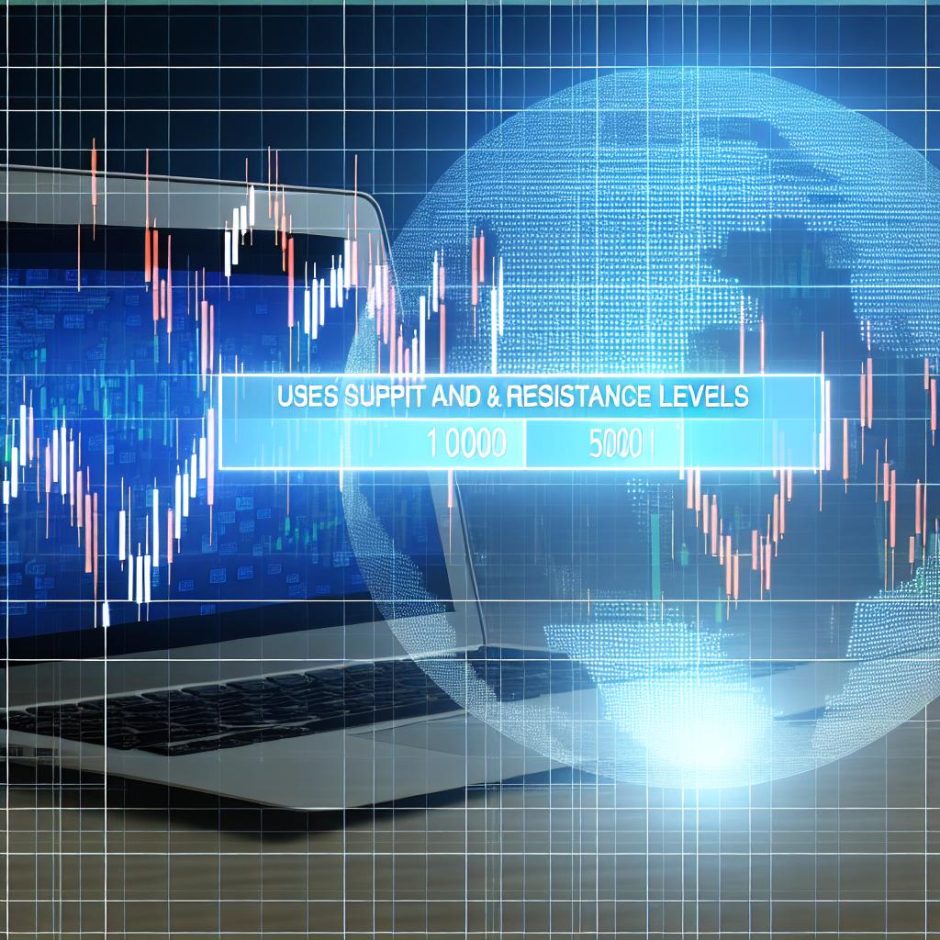Understanding Digital 100s Charts
Digital 100s charts serve as an innovative and practical way to represent numerical data in a clear and visually stimulating manner. These charts simplify complex datasets into digestible formats, making them invaluable tools across various industries, particularly in financial and trading domains. However, their appeal extends far beyond these areas, proving useful in any field that requires data representation and analysis.
Components of Digital 100s Charts
Digital 100s charts consist of several key elements that come together to create a coherent and useful visual aid:
- Numerical Blocks: These are the core of the chart, dividing it into 100 equal sections. Each block corresponds to a percentage value, providing a straightforward way to represent data, such as frequency or probability, in percentage terms.
- Color Coding: A crucial component for distinguishing information, color coding helps in differentiating between filled and unfilled blocks. Typically, filled blocks are depicted in a bright color like green, while unfilled blocks are often gray, offering a quick visual cue for the data being represented.
- X and Y Axes: Integral to understanding the data presented, the axes provide contextual information. The X-axis often represents time or various data segments, while the Y-axis marks percentage values from 0 to 100, framing the numerical blocks within a coherent scale.
The Importance of Visual Representation
Digital 100s charts emphasize the power of visual representation in understanding data swiftly and efficiently. By presenting data in a graphical format, these charts allow users to identify patterns, trends, and outliers almost instantaneously. This accessibility can potentially save time and reduce the cognitive load associated with interpreting extensive data tables or lengthy reports. For professionals and businesses, this capability is crucial as it enables more informed and faster decision-making.
How to Use Digital 100s Charts for Decision-Making
The practical applications of digital 100s charts are extensive, especially when it comes to decision-making processes. They highlight critical data points that could influence strategic choices. Here are some primary ways these charts can be effectively utilized:
1. Monitor Trends: Observing trends over time is a significant advantage offered by digital 100s charts. For example, a company can track its stock performance with such charts, clearly visualizing upward or downward trajectories over specified periods. This visibility aids analysts in forecasting and planning future strategies based on historical data trends.
2. Compare Data: The ability to place different datasets side by side is one of the defining benefits of digital 100s charts. These comparative visuals can be invaluable in assessing various metrics—such as product performance across disparate markets—thereby facilitating stronger strategic analyses and better-informed business decisions.
3. Identify Anomalies: Quick detection of outliers or unexpected changes is another advantage of using digital 100s charts. Anomalies can signal underlying issues or unique opportunities, prompting further investigation. This ensures decision-makers are operating with accurate and comprehensive information, allowing them to respond accordingly.
Implementation in Various Fields
The versatility of digital 100s charts makes them applicable across a wide spectrum of industries:
- Finance: Analysts frequently employ these charts to display stock market movements or general market trends. The visual representations provide instantaneous snapshots of financial data critical for traders and investors to make prompt decisions.
- Marketing: These charts are particularly effective in summarizing campaign performances and consumer demographics. By visually representing engagement metrics, marketers can adjust strategies and optimize future campaigns with greater precision.
- Healthcare: Hospitals and healthcare providers use digital 100s charts to track patient recovery rates, disease spread, and other vital statistics. This data visualization aids in resource allocation and enhances patient care management by highlighting critical health trends.
Best Practices for Digital 100s Charts
To maximize the effectiveness of digital 100s charts, certain best practices should be followed:
- Avoid Overloading: It is essential to keep charts free of excessive information, which could clutter the visual and hinder quick analysis. Keeping data concise and focused ensures clarity.
- Use Clear Labels: Proper labeling of axes and individual blocks is vital for aiding user interpretation. Clear labels facilitate an intuitive understanding of the data represented.
- Color Blindness Consideration: Select color schemes that are inclusive of those with color vision deficiencies. This accessibility consideration ensures that all users can accurately interpret the chart.
Further Learning Resources
Those looking to deepen their understanding of data visualization techniques can explore various resources. For more specific training, consider visiting platforms that offer tutorials and courses on effective data presentation. Notably, tools like Tableau’s learning resources and the Microsoft Power BI tutorials provide a wealth of knowledge, enabling users to elevate their data analysis capabilities.
Ultimately, mastering the use of digital 100s charts can significantly contribute to more efficient decision-making processes, empowering individuals and organizations to leverage data-driven insights in their strategic initiatives. From identifying critical trends to conducting precise comparisons and spotting anomalies, these charts transform how complex data is perceived and utilized.









